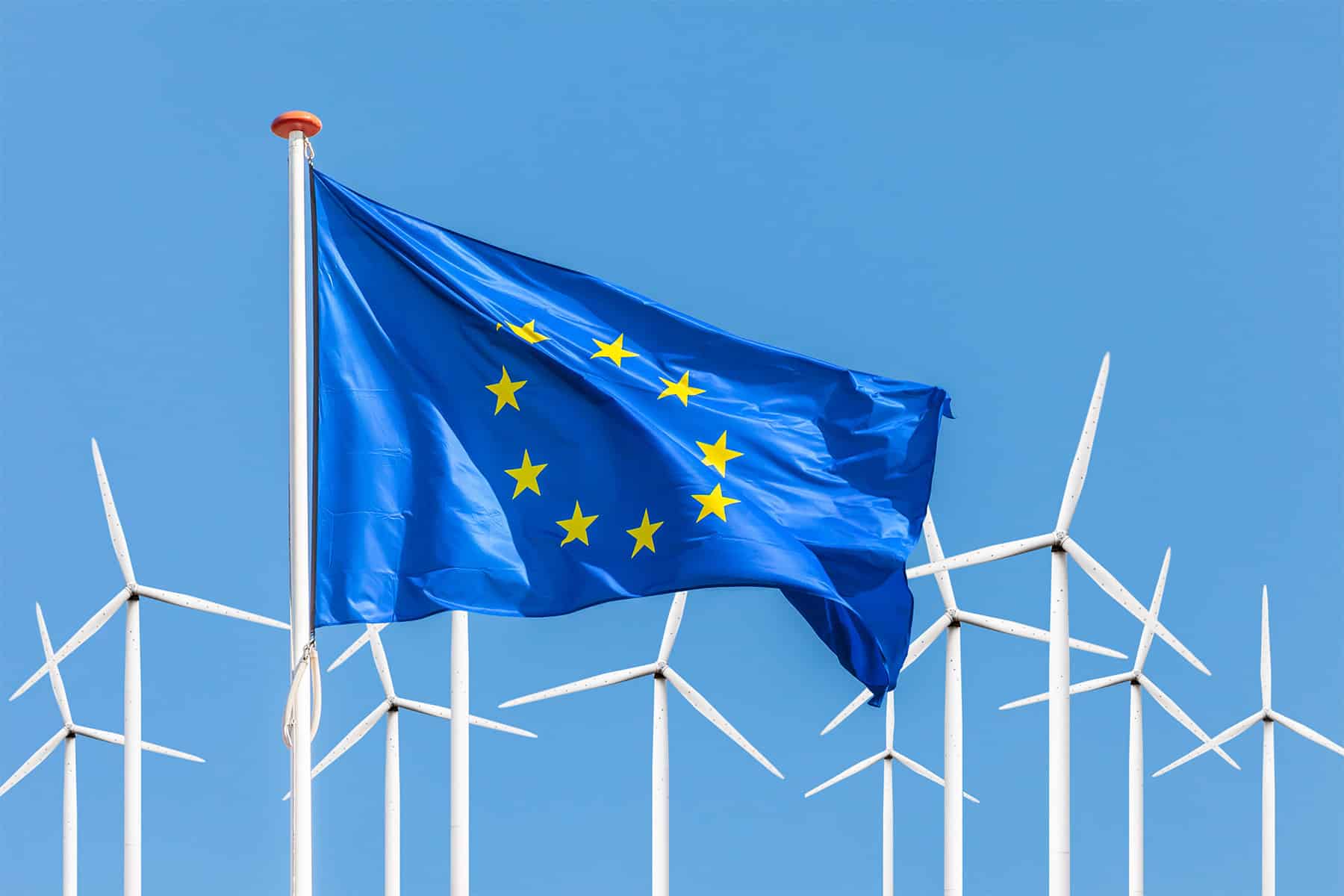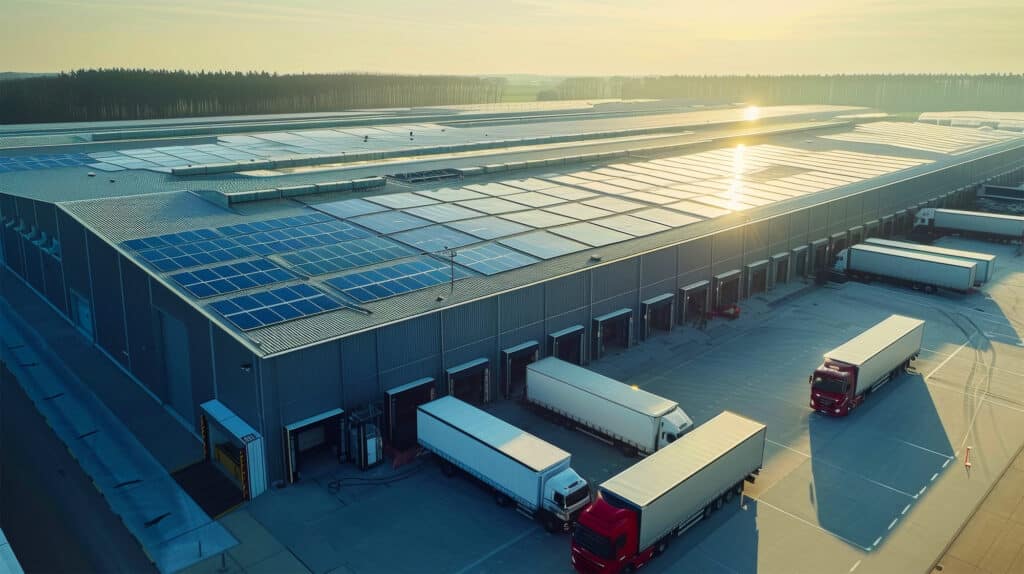The EU Renewable Energy Directive (RED), first adopted in 2009, is a cornerstone of the EU’s energy and climate policies, with RED III agreed in 2023 by the EU. Its primary aim is to increase the share of renewable energy across member states, reduce greenhouse gas emissions and enhance energy security by reducing reliance on fossil fuels.
Since the introduction of the EU Renewable Energy Directive (2009/28/EC), member states have had the optimum framework for which to implement a coherent renewable energy policy. Since then, the share of renewable energy sources in EU energy consumption has increased from 12.5% in 2010 to 24.5% in 2023. Sweden had the highest share of renewables in its consumption (66.4%), ahead of Finland (50.8%) and Germany (54.4%), as reported to Eurostat.
The new legally-binding renewable energy target for 2030 is to ensure that 42.5% of the EU’s total energy consumption comes from renewable sources. A long way to go but certainly achievable!
What is the EU RED and why is it important?
The EU Renewable Energy Directive (RED) is a legislative framework designed to accelerate the adoption of renewable energy across the European Union nations.
By setting legally binding targets, it ensures member states collectively reduce greenhouse gas emissions, increase energy security, and foster a sustainable energy transition. Its significance lies in its ability to drive investment in renewable energy technologies, including energy storage, and create a unified approach to combating climate change across diverse economies.
Energy-intensive sectors, particularly Commercial and Industrial (C&I) like manufacturing, transport, and warehousing are directly influenced by the Directive due to their substantial energy consumption and decarbonisation potential.
RED not only promotes renewable energy adoption but also incentivises innovative solutions like energy storage to meet ambitious targets efficiently.
5 key targets and regulations impacting C&I businesses
Increased renewable energy share
RED III mandates a 42.5% renewable energy share by 2030, with efforts to achieve a 45% share under review. This increases pressure on C&I sectors to integrate renewable energy sources into operations.
Sub-targets for heating and cooling
C&I facilities must contribute to an annual 1.1 percentage point increase in renewable energy use for heating and cooling. Energy storage systems can optimise heat pumps and other technologies to meet these targets efficiently.
Transport sector obligations
The Directive requires a 14.5% renewable energy share in transport, pushing businesses with logistics and fleet operations to adopt electrification strategies powered by renewables, supported by energy storage solutions.
Energy efficiency and flexibility
The new regulation is promoting energy system integration and encourages flexibility with a key focus on energy storage. The key objective is to manage intermittent renewable energy, reduce peak demand and lower the demand price curve. Flexibility is critical for optimising energy use and is also reducing the costs in the C&I sector.
Decentralised renewable energy systems
The RED requires decentralised localised energy systems, including self-consumption models and energy communities. This benefits C&I sites with on-site renewable generation, allowing them to maximise energy independence through storage integration.
The Directive’s focus on binding targets and sector-specific regulations underscores the need for businesses to adopt scalable and flexible solutions.
Energy storage as an enabler for net zero
Energy storage is essential to overcoming the inherent challenges of renewable energy and ensuring a smooth transition to a sustainable energy system. By addressing issues like intermittency and grid integration constraints, battery storage technologies unlock the full potential of renewables while driving progress toward Europe’s climate and energy goals.
Mitigating renewable energy intermittency
Renewable energy sources like wind and solar are intermittent, producing power only when conditions are favourable. Battery Energy Storage Systems (BESS) balance these fluctuations by storing surplus energy during periods of high generation and discharging it when generation is low, ensuring a reliable and consistent energy supply.
BESS also acts as a buffer, absorbing excess energy that might otherwise overload the grid during peak renewable generation and releasing it during periods of high demand, preventing instability or outages.
Contributing to compliance
BESS also contributes to compliance with the EU Renewable Energy Directive (RED) by integrating renewables efficiently into energy systems. They help businesses meet renewable energy share targets and sector-specific benchmarks for heating, cooling, and transport, enabling cost-effective compliance while driving the energy transition.
Enabling broader energy goals
By making renewable energy more reliable and accessible, energy storage speeds up the transition away from fossil fuels. It directly supports decarbonisation efforts and helps achieve net zero targets.
Storage facilitates decentralised energy models, empowering businesses and communities to generate, store, and use their own renewable energy, reducing dependence on centralised grid systems. For C&I businesses, BESS enables greater autonomy by reducing reliance on volatile energy markets and ensuring secure access to clean power even during disruptions.
Energy storage is not just a technological solution; it’s a cornerstone of policy compliance and climate action.
The EU’s Renewable Energy Directive (RED) and net zero frameworks rely on the integration of energy storage technologies. These systems are essential for meeting the EU’s ambitious renewable energy targets.
Innovative solutions for European C&I operations
Wattstor specialises in delivering fully-funded energy storage solutions tailored to the unique needs of Commercial and Industrial (C&I) businesses. Our systems are designed to integrate seamlessly with renewable energy sources. They enable clients to store excess energy, manage peak demand, and achieve significant cost savings.
- Manufacturing and industrial facilities
- Agriculture and farmland operations
- Transport and logistics warehousing
- Healthcare facilities like hospitals
- Data centres and digital infrastructure
From modular BESS systems that grow with your business to advanced software for real-time energy management, Wattstor keeps companies agile. Our solutions help businesses stay competitive in a rapidly changing energy landscape.
Conclusion
Whether you aim to reduce grid dependency, achieve net zero goals, or secure energy independence, this guide offers useful insights. Hopefully, it has provided a solid foundation for taking actionable steps. Together, these steps can lead toward a more sustainable and profitable energy future.
Wattstor is here to help you navigate the journey with expertise, innovative solutions and proven success stories to make your renewable energy vision a reality. Contact us today to start transforming your energy strategy.
Know someone who'd be interested in this? Why not share it:

